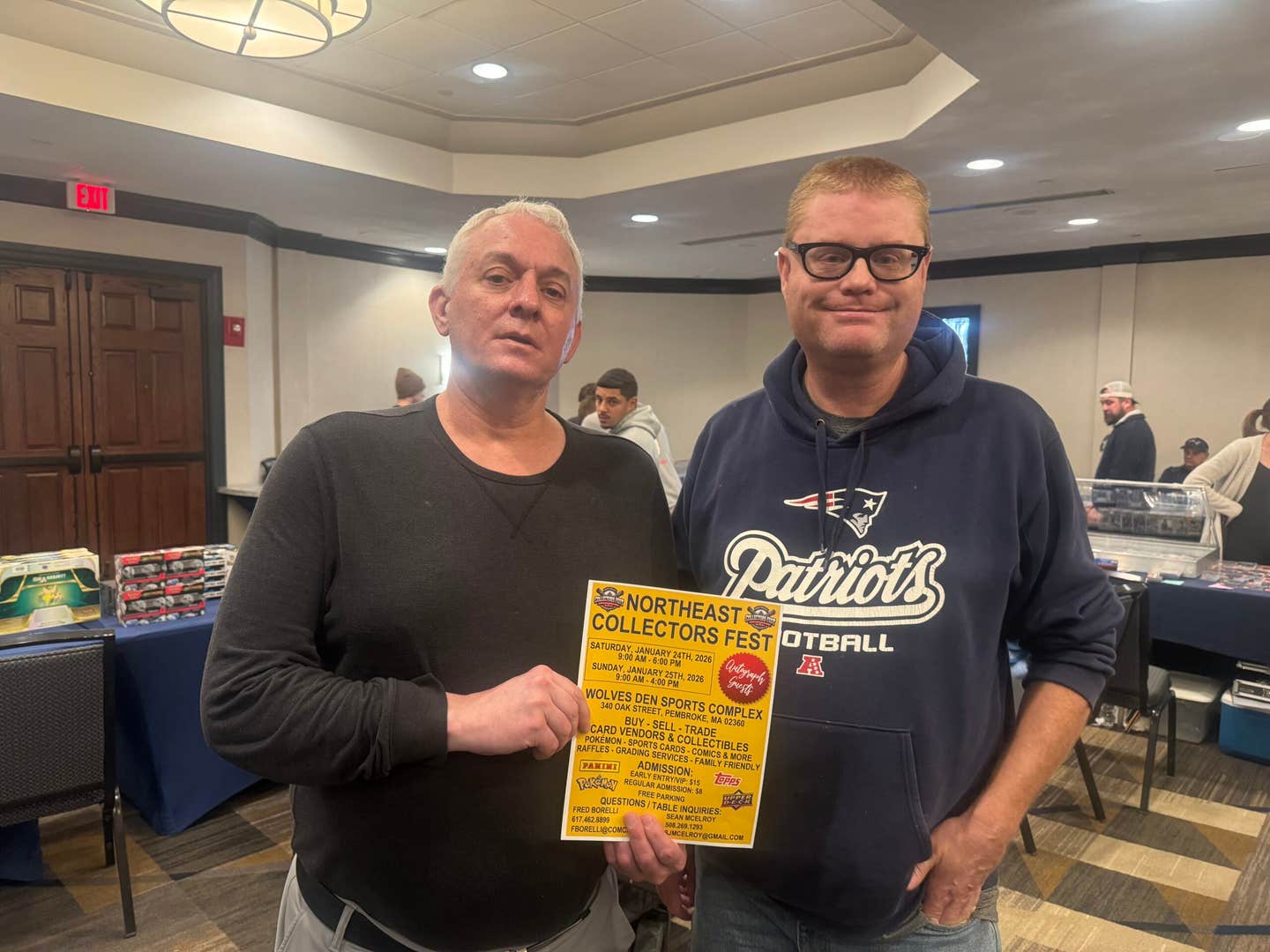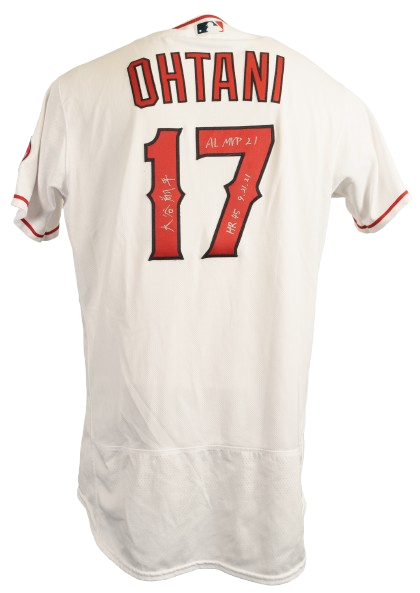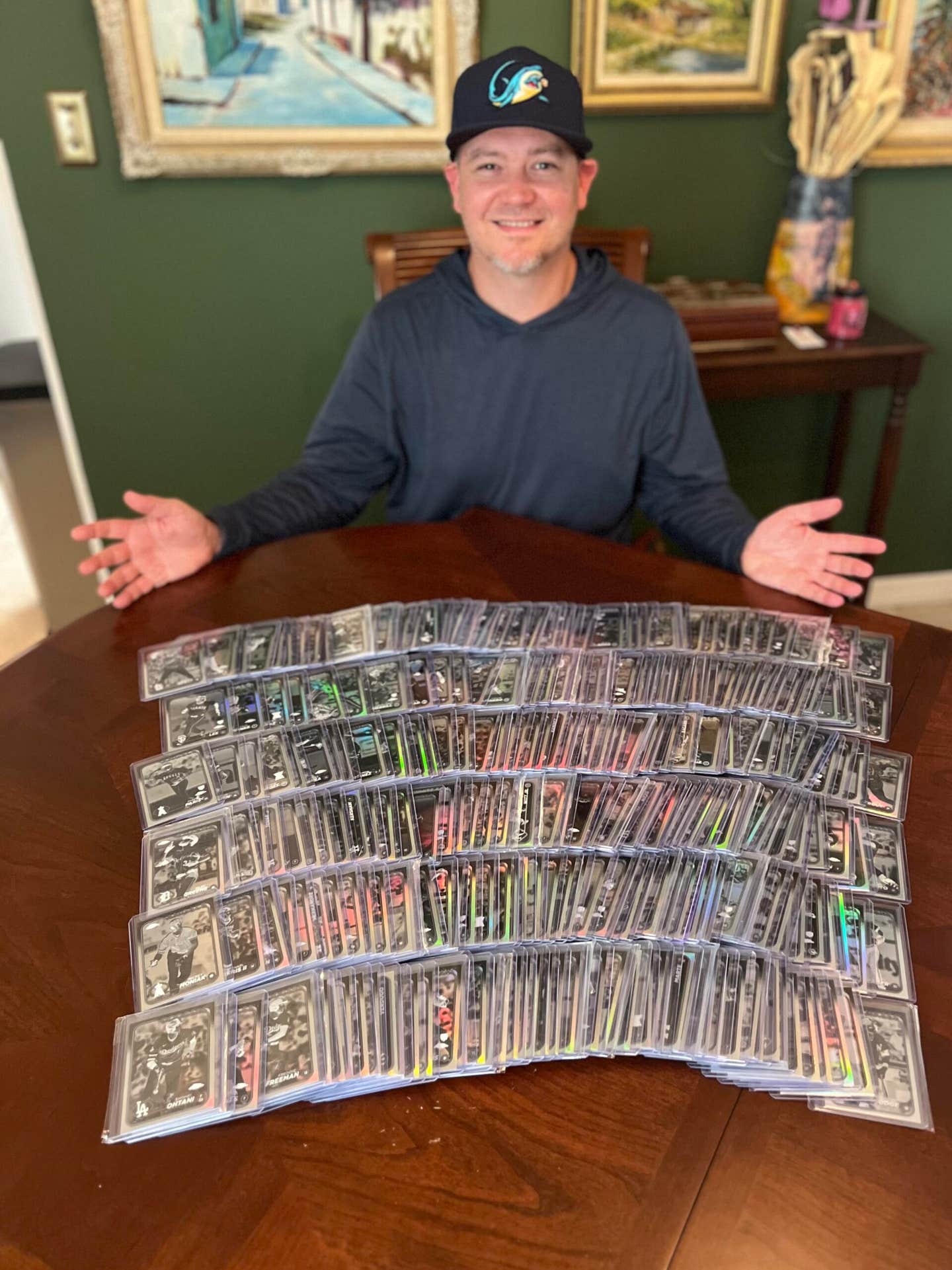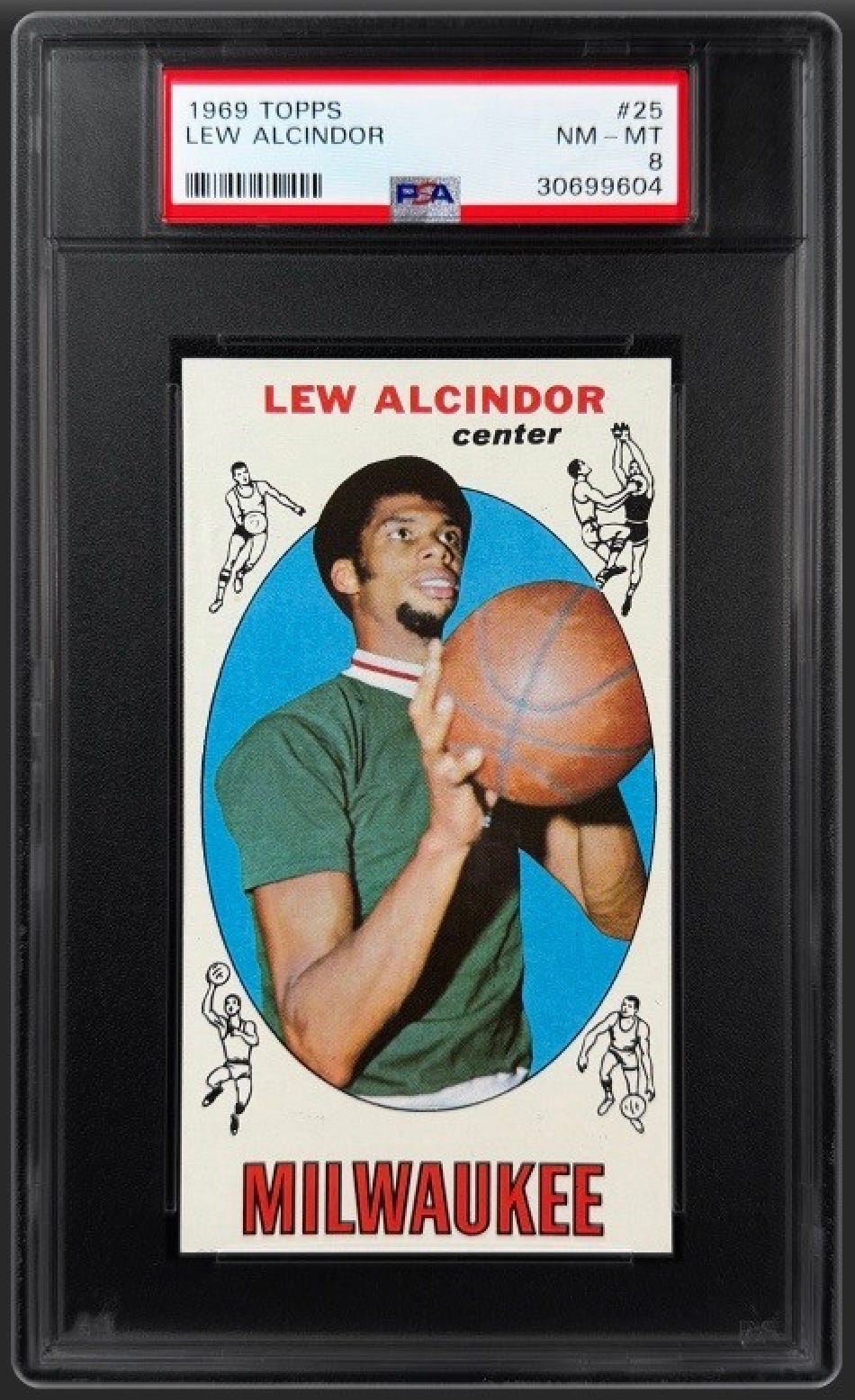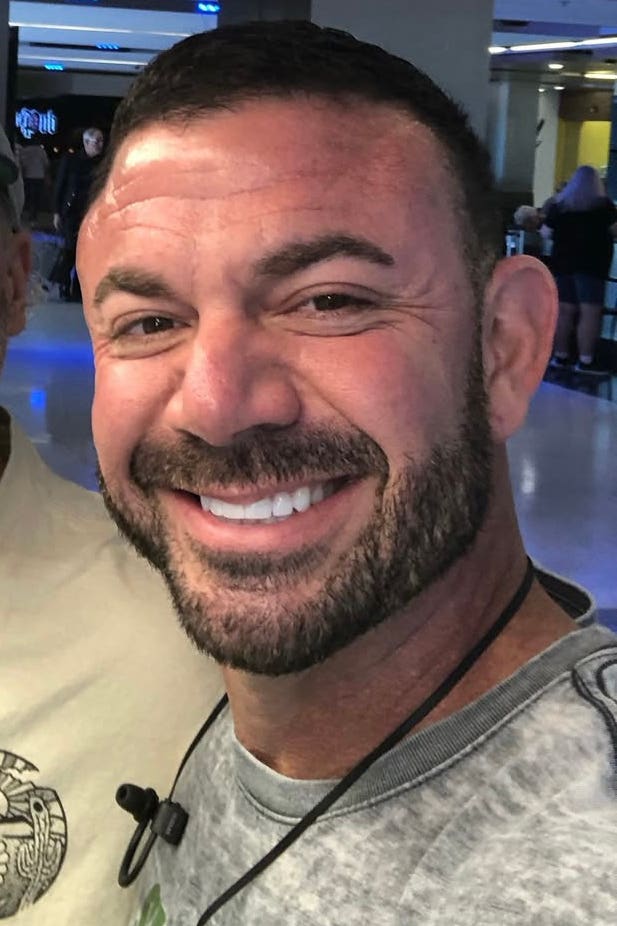Collecting 101
Brooklyn once traded a catcher for Harwell
Ernie Harwell gained baseball immortality behind a microphone, where he broadcast games for the Dodgers, Giants, Orioles and Tigers for more than 50 years.
His love of baseball goes back much further, to his boyhood days in Washington, Ga., where he penned his first article for The Sporting News as a teenager.
During his life in and around baseball, Harwell collected countless rare and valuable artifacts, things that people in today's memorabilia industry don't often look for. Instead of autographed bats, balls and jerseys, he focused on baseball periodicals, photos and clippings.
"I had a Babe Ruth check, a check that Babe Ruth was given in 1922 - half a month's salary, endorsed by the Babe. That was one of my favorites," Harwell said. "I had a great picture of Babe Ruth in front of the Book-Cadillac Hotel in Detroit, the only copy I've seen of that picture."
Like everything else, Harwell gave it and thousands of other items to the Detroit Public Library where they're preserved and on display as part of the Ernie Harwell Sports Collection.
"I collected from about the time I was 10 years old," Harwell said. "But Mrs. Harwell (Lulu) and I gave all our collection to the public library here in Detroit. People use it. It's a working collection. They've got 90,000 clippings, every Sports Illustrated, Sporting News way back, Sporting Life from 1917 back to 1884, every issue."
Following a brief sportswriting career, Harwell started broadcasting games for the Southern Association's Atlanta Crackers in 1943, then joined the Marines during World War II.
In 1948, he became the only announcer in baseball history to be traded for a player when Brooklyn traded Triple-A catcher Cliff Dapper to the Crackers in exchange for breaking Harwell's broadcasting contract.
He recalls reasons for the unusual deal like it was yesterday.
"Red Barber, the great Brooklyn announcer, was stricken on a trip to Pittsburgh," Harwell said. "He had a bleeding ulcer and they rushed him to Presbyterian Hospital in Pittsburgh and thought he might die. They didn't know if he'd ever come back to work.
"Branch Rickey was his boss," Harwell continued. "He called the owner of the Atlanta team that I worked for, Earl Mann, and said he'd like to have Ernie come up here and replace Red. 'That's fine Mr. Rickey,' Mann said. 'But I've got Ernie under contract. If you're really serious I'll make a deal with you. I'll make a trade. You send me your catcher, Cliff Dapper, and I'll send you Ernie Harwell.' "
The exchange sent Harwell, a minor league announcer, straight to the majors for a minor-league catcher.
"They made him manager," Harwell said. "That was really the reason Earl Mann of the Crackers wanted him. He made him manager the next year (1949).
"I didn't meet him until September 2002 when they had a day for me in Detroit, the year I retired," Harwell continued. "They gave me a statue, named the press box after me and had a day. One of the things they did was they flew Dapper in from California. We had a meeting there at home plate, the first time we'd ever met. It was a big surprise."
Harwell's Dodger career was short-lived, however.
"The Giants wanted me to come over right after that first year," he said. "I didn't feel like I was ready. Then they made me a good offer. At Brooklyn, there were two announcers ahead of me, Red Barber and Connie Desmond. With the Giants I had an equal number of innings with Russ Hodges. So it was a little bit better deal from that standpoint, as well as the money. Plus, the fact I never thought Red would leave. I thought he'd be there forever so I had a chance to move up a little quicker at the Polo Grounds. I went there in 1950."
The experience lasted just four years, when he left to become "Voice of the Orioles" when Baltimore joined the American League in 1954. Working for the Giants, however, produced some of the most unforgettable moments of his career, highlighted by Bobby Thomson's famed "Shot Heard 'Round the World" that climaxed New York's improbable comeback over the Dodgers in 1951.
This year marks the 50th anniversary of the Giants' last season in New York. For Harwell, 1951 was the best because he spent the entire summer watching rookie Willie Mays thrill crowds with one spectacular play after another.
"There are a lot of great memories of Willie," he said. "A catch I saw him make in Pittsburgh was the greatest. He'll admit it was better than the one he made in the 1954 World Series. Rocky Nelson hit a fly ball on a line drive to left-center and Willie caught it with his bare hand, running straight over there to left-center field.
"At the Polo Grounds, of course, he had a lot of room to roam," he continued. "It was a great venue for a good center fielder like Willie."
Compared to Yankee Stadium's rich history and the much written-about Ebbets Field, the Polo Grounds is quite often overlooked, but Harwell enjoyed the atmosphere and surroundings. There were many unusual features - short foul lines and a mammoth center field that players had to traverse to reach the clubhouse, up a flight of steps almost 500 feet from home plate.
"The fellas who had a really good advantage at the Polo Grounds were the slash hitters," Harwell said. "Alvin Dark, who played shortstop, was a great example. He could pull the ball down the left-field line or he could slice it down the right-field line, but he very seldom hit to center field.
"He could hit those balls in the seats down the lines, whereas they had a big catcher from Cuba, Ray Noble, a second-string catcher - he'd hit these long fly balls to center field and they'd be outs all the time," he continued. "A lot of pitchers who had a good high fastball didn't mind working at the Polo Grounds, because they'd put that ball up above the letters and guys would just keep on hitting it to straightaway center field for a big outfield fly."
Sometimes, though, pop flies could turn into home runs.
"I remember broadcasting there and the announcer would say, 'There's a little fly ball in back of second base. (Eddie) Stanky's going back ... Oh, it's in the seats. It's a home run,' " Harwell said. "They had very shallow lines."
The left- and right-field seats were 279 and 258 feet away, respectively, but 483 feet to deepest center field. The horseshoe-shaped ballpark was built in the shadow of Coogan's Bluff.
"It was an interesting ballpark," Harwell said. "The Yankees played there for many years and Giants manager John McGraw hated the Yankees, hated Babe Ruth. He was sort of a part-owner of the Giants, so he figured he'd get rid of the Yankees and that would kill 'em."
The Giants beat the Yankees in two straight World Series, 1921 and 1922, with every game played at the Polo Grounds. The next season ushered in a new era, however, as the Yanks moved into their own ballpark, "The House That Ruth Built," right across the river.
"That made them even bigger," Harwell said. "When they played the World Series that first year, 1923, McGraw would not allow his players to go to Yankee Stadium to dress. They had to dress at the Polo Grounds and take cabs over and play the Yankees at Yankee Stadium."
The Polo Grounds weren't built for the electronic media, presenting quite a challenge for broadcasters.
"The press box hung down from the upper deck," Harwell said. "It was rather circular, kind of a horseshoe itself. It was not too easy to get around in because it wasn't very big. From the back wall to the front was probably only five or six feet. They had the writers crammed in there, a lot of photographers were in there and the radio and TV booths, too.
"I remember during doubleheaders we had a call-in show between games," he continued. "We couldn't even get out to go to the b athroom because you had to crawl over people to get in and out of the press box. That was one of the inconveniences of the press box. You had a pretty good view, I'll say that for it. Nobody ever complained about the view."
One of the strangest incidents in stadium and baseball history occurred on July 4, 1952, when a fan in the upper deck was shot and killed during pregame batting practice.
"Giants officials came to us right before the game and said a guy's been shot and killed out in left-center field, but don't say anything about it," Harwell said. "Later on, we found out that somebody was up on Coogan's Bluff in back of the home plate stands there with a rifle and he picked off some guy seated in the upper deck in deep left-center field. He was seated with a kid that he'd brought to the game and was immediately killed by that sniper's bullet. They thought maybe it was gang related or something.
"It was a pretty big story for that time, to have a guy just sitting there watching batting practice and all of a sudden he just slumped over from this bullet that pierced his heart," he continued.
Like every team he worked for, Harwell was well-respected and developed long-lasting friendships with many Giants players.
"There were so many terrific guys on that team," he said. "Whitey Lockman was one of my favorites and I liked Al Dark and Stanky. Sal Maglie was a great guy. He was very straightforward. If he had a bad day he'd say so and if he had a good one he'd say so, and he was a great competitor. I liked all of them. They were all pretty nice guys. They got along good together. They did a good job.
"Owner Horace Stoneham and Chub Feeney (Stoneham's nephew) made some pretty good deals to build that team in the early '50s," he continued. "They won in '51 (NL pennant) and then they won the World Series the year after I left, in '54. They beat the Cleveland Indians. They never should have won that one. Cleveland had a much better team in that World Series, but they didn't win."
In 1951, Mays was a scared rookie, waiting in the on-deck circle when Thomson hit his dramatic pennant-clinching home run. Three years later, he was the NL MVP with a league-best .345 batting average and 41 round-trippers. But it was his pivotal defensive play, known simply as "The Catch" in Game 1 of the World Series that sparked the Giants to victory over an Indians club that had won 111 regular-season games.
While Mays led the team on the field, skipper Leo Durocher was the driving force from the dugout.
"He was a manager that some of the guys liked and some guys didn't, but I think they all respected the fact that he knew baseball," Harwell said. "He stood up for his players, no question about that. He was fiery; he was autocratic. He bossed the guys around, pretty tough on 'em. But he was a guy who created respect for himself as far as managing was concerned.
"Even though the guys didn't like him much, most of them liked to play for him," he continued.
Polo Grounds architecture suited Durocher well, especially with the clubhouses being so far away in center field.
"It was very unusual," Harwell said. "They had the center field bleachers and sort of a cut in the middle. Each clubhouse had steps that went up to it. They were really sort of adjacent to each other. The windows sort of looked out on the field.
"A manager like Durocher, if he wanted to be by himself before the game, during or just after batting practice he'd go in the clubhouse and the beat writers were usually too lazy to go all the way from the dugout out to the clubhouse to go talk to him," he continued. "He got a little respite that way.
"It was a long way out there," he continued. "When a pitcher got knocked out of a game and was headed for the clubhouse he had an extra long walk out to the clubhouse.
"In those days, all the ballparks in New York let the fans out on the field at the end of a game and let them exit in those big exits out in center field," he continued. "That happened at the Polo Grounds, too. That custom went up until the mid-1950s. It eased the traffic coming down the ramps and made it a lot easier to get out. But I guess there were security reasons; they had to do away with it."
It was a Golden Age for New York baseball and a prime time for Harwell as well. He still considers calling Thomson's home one of his two greatest thrills as a announcer. The other was Oriole Hoyt Wilhelm's 1958 no-hitter against the Yankees.
Harwell spent six seasons in Baltimore before joining the Tigers in 1960 where he truly established himself as a legend of the game. For his achievements, he was honored with the 1981 Ford C. Frick Award, given annually to a Hall of Fame broadcaster.
He's seen plenty of changes, with free agency and multimillion-dollar contracts leading the way. Yet Harwell, despite the feeling of some fans, believes today's athletes really do care about more than big paychecks.
"You see that spirit when they win a big game in the World Series or playoffs," he said. "You realize then that they're not thinking too much about the money. They're thinking about winning and their team. Maybe the fact that players move around more, it takes away from the team unity that they had before. But I think the players play just as hard and have their interest in the game just as they did back in the 1950s and '60s."



